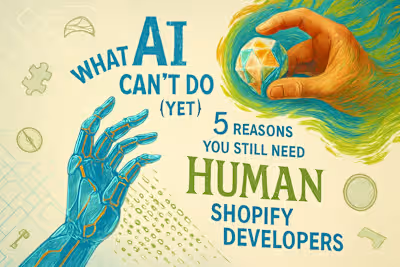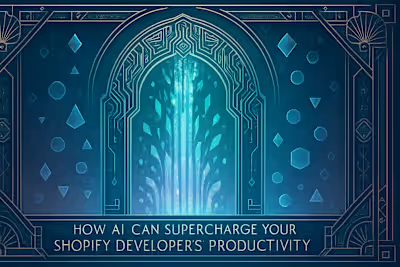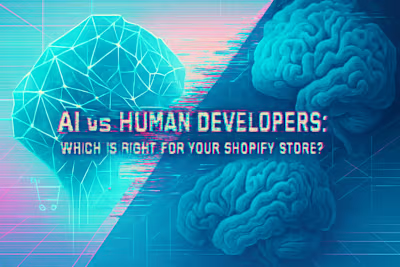Keeping Your Data Safe: Security Tips for Using AI in Shopify Development

Keeping Your Data Safe: Security Tips for Using AI in Shopify Development
Understanding the New AI-Related Threat Landscape
Insecure Code Suggestions
Data Privacy and Confidentiality Risks
Third-Party AI App Vulnerabilities
Best Practice 1: Vet Your AI Tools and Platforms
Review Data Privacy and Usage Policies
Choose Reputable and Well-Maintained Services
Best Practice 2: Implement a 'Human-in-the-Loop' (HITL) Approach
Mandatory Code Reviews by Human Developers
Regular Security Audits for AI-Assisted Features
Best Practice 3: Control Data Access and Anonymize Information
Use Anonymized or Synthetic Data
Implement Strict Access Controls
Conclusion
References
Keeping Your Data Safe: Security Tips for Using AI in Shopify Development
Understanding the New AI-Related Threat Landscape
Insecure Code Suggestions
Data Privacy and Confidentiality Risks
Third-Party AI App Vulnerabilities
Best Practice 1: Vet Your AI Tools and Platforms
Review Data Privacy and Usage Policies
Choose Reputable and Well-Maintained Services
Best Practice 2: Implement a 'Human-in-the-Loop' (HITL) Approach
Mandatory Code Reviews by Human Developers
Regular Security Audits for AI-Assisted Features
Best Practice 3: Control Data Access and Anonymize Information
Use Anonymized or Synthetic Data
Implement Strict Access Controls
Conclusion
References
Posted Jul 4, 2025
Using AI in Shopify development offers huge benefits, but what about security? Learn how to protect your customer data and business from new AI-related threats with these essential tips.
0
12






